Curation
We develop and design Architecture and Art exhibition projects, which encompass all forms of media from start to finish. This includes reaching out to artists, choosing the pieces to be displayed, planning and designing the layout of the exhibition, and creating the graphic and critical design for the catalogue, which “witnesses” the event.
TuorloBlue: between Visual Art and Taste
Italian Institute of Culture | Tokyo | Japan
The art exhibition “TuorloBlue: between Visual Art and Taste” was designed for the VI Edition of Italian Cuisine Week, an event promoted by the Italian Embassy of Tokyo. During the exhibition, the glass facade of the Italian Institute of Culture, an architectural masterpiece by Arch. Gae Aulenti, was turned into a colorful artistic surface that displayed the five recipes designed as a cultural artistic merging experience between Japanese and Italian culture by Arch. Andrea Pompili as artist.
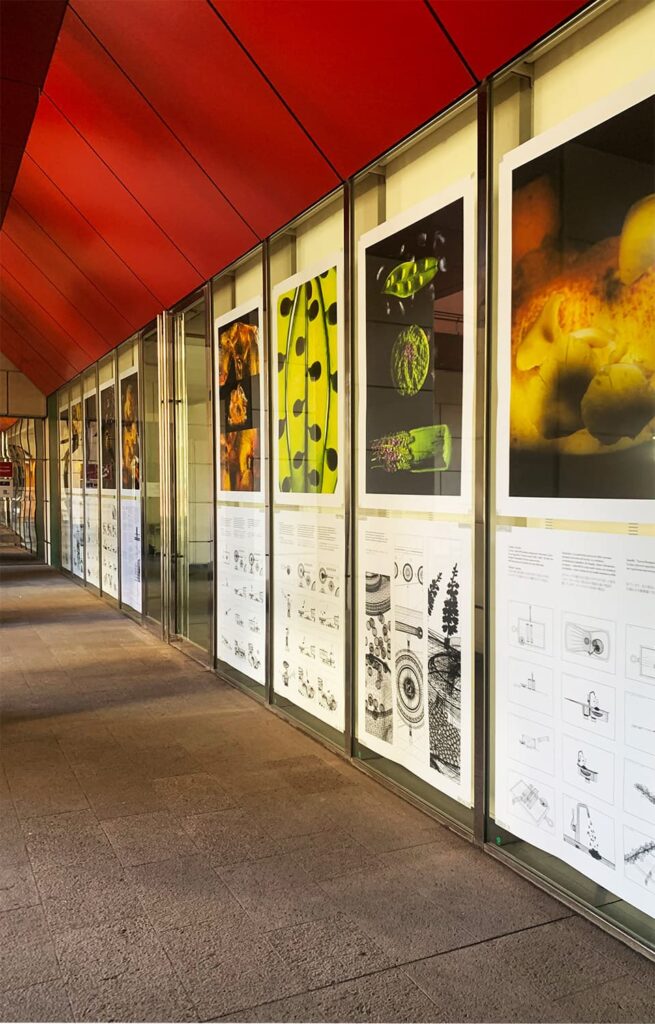
Calligraphy | Maeda Kamari | Sound Shells
Cesena | Italy
The art exhibition “Conchiglie Sonore” (Sound Shells) by Japanese shodo artist Maeda Kamari was conceived and designed to be exhibited inside the 1816 Church of Santa Cristina in Cesena with 22 previously unpublished plates, each the size of a double alchemical square, 140 x 70 cm. Tables intended as ‘portraits of the heart’, created on paper, especially for this occasion.
The architecture of the building is characterised by a circular plan reminiscent of the Pantheon in Rome. The artist was asked to create calligraphic works to be placed perimetrically to the central void of the church, each on the 16 twin columns. Eight large ceramic plates historiated by the artist completed the display. The opening was followed by a calligraphic live performance by the artist to the sound of music by Japanese organist Megumi Horie to fully appreciate ‘the way of writing’, the Japanese art of calligraphy called Shodō (sho=writing; dō=way).
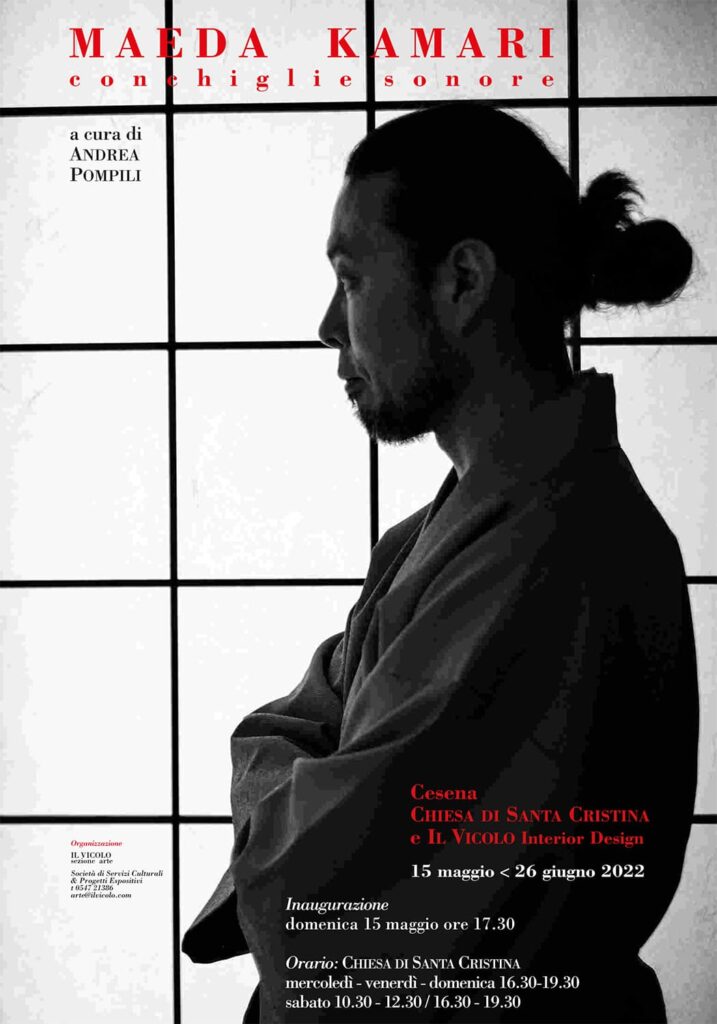
ROMEO Collection
ROMEO Roma | Italy
The 5 Stars Luxury hotel designed by Zaha Hadid Architects is located in a XVI century historical palace next to Piazza del Popolo, Rome. As the second hotel of Romeo Collection, it is a synthesis of beauty expressed through art, architecture, and design. Arch. Andrea Pompili was in charge of the implementation of the modern and contemporary art collection.
Through her contacts built during her career, she invited some of the most important contemporary artists to envision site-specific artworks that play a main role in the experience of the space sui generis.
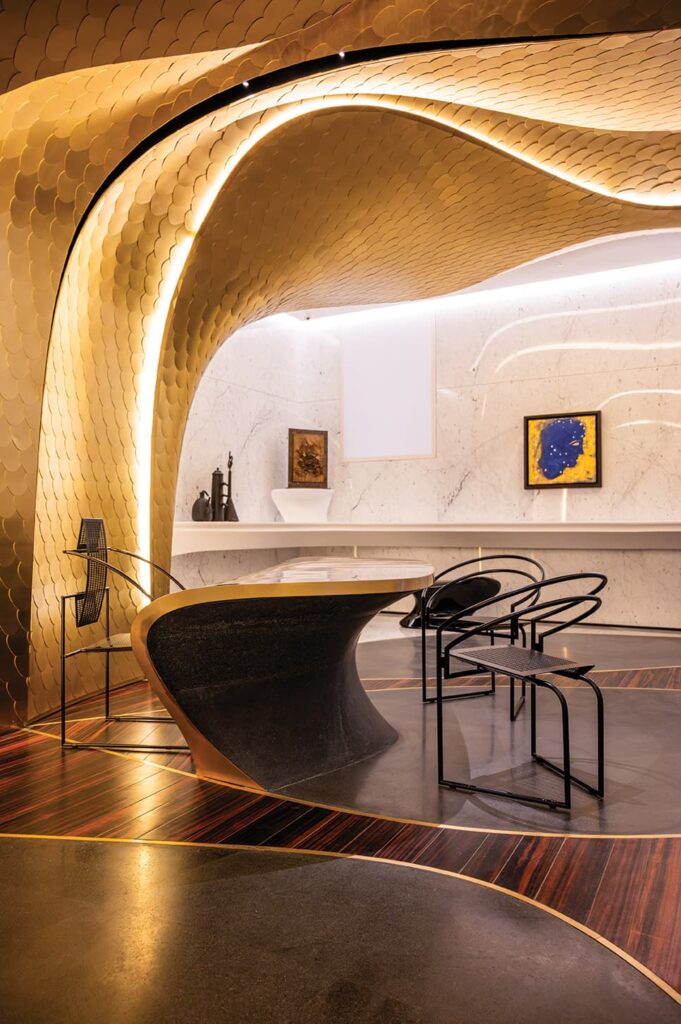
Wings of Stone | Marisa Zattini Tresigallo | Italy
The exhibition “Ali di pietra” (Wings of Stone) by artist Marisa Zattini, is part of the program of the “Metaphysical Days“ organized in the town of Tresigallo, Italy. It is on an eagle’s feather that the artist proposes in the calligram that is grafted onto an ancient 19th-century letter, chosen as the image of the exhibition. A tale that becomes word and then sign – as in the calligram that opens the exhibition – in a reciprocal motion for this ‘mirror double’ of refined execution.
A transmutation between shadow and light dense with incessant references that are reinforced even more in the alternation of some starry hourglasses, “Fragilis mortalitas”, a symbol of Time and Infinity: a real-time and an unconscious one that knows no time. An exorcism against the end, a memento mori, in the end, made up of significant signs: small star-asters that move thought into a different and universal dimension.
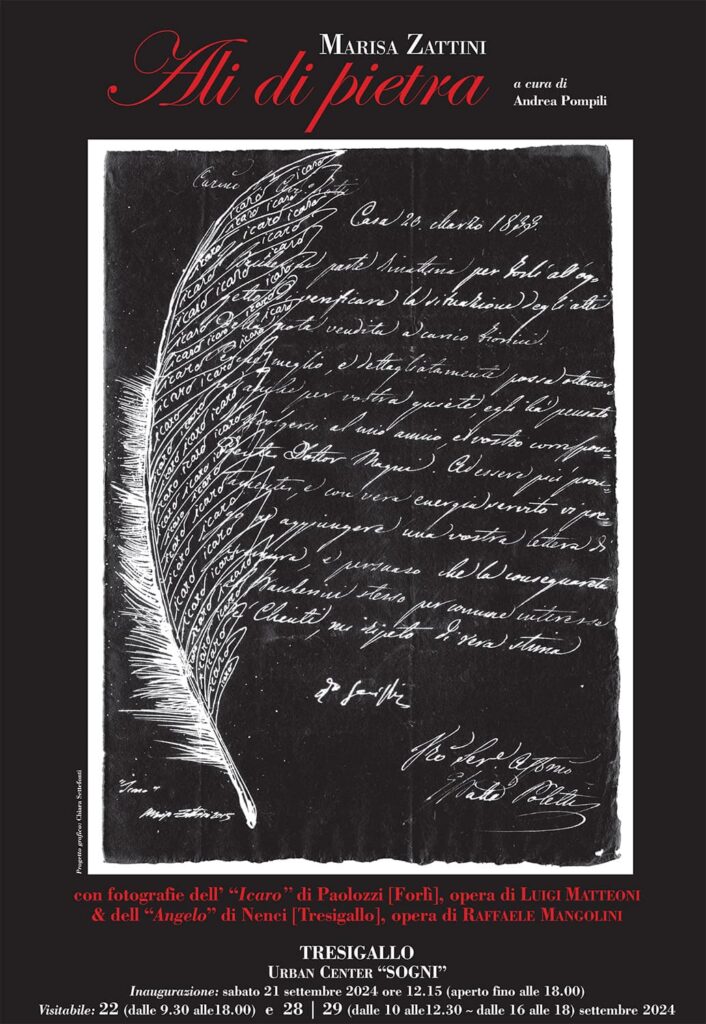
Fires of Love | Imago Dominae | Out Loud: Writing Poetry with Music Cesena | Italy
Arch. Andrea Pompili, curator of the exhibition, decided to bring poetry listening in a provincial town, under the arcades of Cesena, in a place of transit and passage. Arch. Pompili has always thought of ‘knowledge’ as dense listening with vision. The word penetrates us beyond our active and conscious desire to hear. Just as sight can grasp us through our gaze and bring us unsuspected things. With “Fuochi d’amore” (Fires of Love), she brought the poetic word to a concept of synaesthetic savoring mixed with music. Poetry denudes us, and speaks to us with exactness, with intuition. In the historic center of Cesena – a public place of transit that also lends itself to being ‘converted’ and transformed from time to time – encounters and metamorphic, ever-changing relationships are woven. Then, even in the fragmentariness of these evenings, the sense of a poetic word spoken ‘aloud’ can crystallize. The sound of poetic words generates an immaterial echo that triggers a new relationship with the frequencies of the surrounding reality. The different sounds of the three voices – those of Gianfranco Lauretano, Monica Guerra, and Angela Fabbri – once heard – rehearsed – generate different timbres and tones in the memory.
With “Sonetti a Cesena”(Sonnets in Cesena), G. Lauretano has created mild words, a kind of ‘style exercises’ capable of generating small, mysterious miracles where hendecasyllables, rhymes, and stanzas alternated and followed each other in harmony. With “Amarsi è dalle briciole” (Loving is from the crumbs), M. Guerra led the audience to the boundless and diverse shores of love, screwing words into the miraculous vortexes of life. A. Fabbri with ‘Tanka and Haiku” created the feeling of bringing the audience closer to things in a different way, activating a new look.
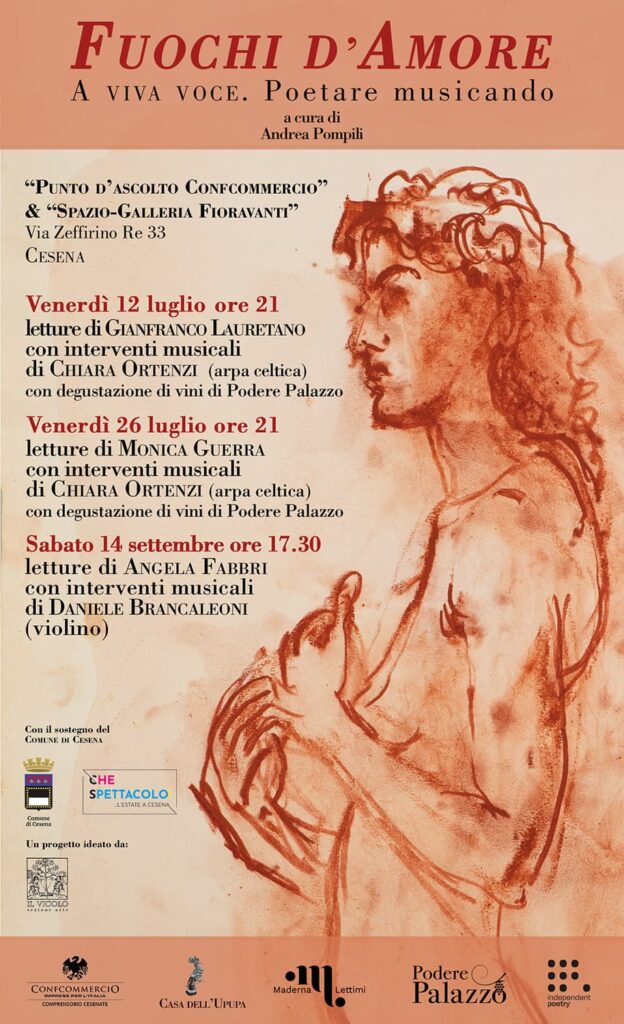
Cosmographies & Alphabets
Alphabets & Memories Cesena | Italy
The double solo exhibition “Alfabeti & Memorie” (Alphabets & Memories) features artists Rosetta Berardi & Maeda Kamari inside the evocative nineteenth-century church of Santa Cristina, in Cesena, Italy is part of the project “Cosmografie & Alfabeti” (Cosmographies & Alphabets) that is focused on the artistry of the “alphabets of the world”.
The cycle of paintings by Rosetta Berardi (San Michele di Ganzaria, 1944), presented on the ground floor of the Church, concerns exclusively a segment of her broader research: calligraphy, the result of emotional sedimentations and stratifications of journeys made over time. Paintings of writing, where the letters of these alphabets – Chinese, Aramaic, Hindi – become abstract symbolic forms of pure beauty.
The artist shifts the center of gravity of her research to some primary letters of a world-alphabet to authentically capture a sampling of that infinite variety of the universe. To capture those different signs that men stigmatize in their alphabets. A plural system of symbols and codes that through art becomes pure abstraction of beauty.
With the works of Master Shodo Maeda Kamari (Fukui Prefecture, 1973), set up in the crypt of the Church, we explore this fascinating language solely from an artistic point of view: signs, ideograms, kanji as custodians of meaning and representation of unknown linguistic verbal signs. Freed from the conventions of language, beyond the sound that these symbols contain and preserve, now it is only the eye that introjects form and beauty. Eight ceramic plates decorated with kanji and a “prayer of peace”, a large sheet with black ink intervention, testimony of the performance performed on site in 2022 are exhibited in the crypt of the church.

Cosmographies & Alphabets
Tapestry of Light | Writing Become an Image Cesena | Italy
The exhibition “Arazzi di luce – la scrittura si fa immagine” (Tapestry of Light – Writing Becomes an Image) is part of the project “Cosmografie & Alfabeti” (Cosmographies & Alphabets) that is focused on the artistry of the “alphabets of the world”.
The unpublished works of the artist Gianluca Bosi (Cesena, 1991) are displayed in the Church of San Zenone, Cesena, presented to the public for the first time on this occasion. No human or animal figures, but only words, written on sheets of papyrus, to create abstraction of forms in a silent language as an essential figurative expressive value. We are in the presence of an obsolete graphic and mystical art, made up of carpets and warped textures of words. An art assonant with the experimental dimension attributable to the ancient calligraphic forms dating back to the 15th century. The artist presents a monumental, evocative calligraphic work,
“Cosmografia biblica” (Biblical Cosmography), the largest calligram in the world (900 x 150 cm), the result of three years of work, together with others of smaller format. It is doubly significant that in the Church of San Zenone a particular art such as this is celebrated today, capable of bringing artistic thought back to the sense of a meditative process such as that of the “calligram”, thus expanding the boundaries between religious faith and art, in a real fusion of art and life.
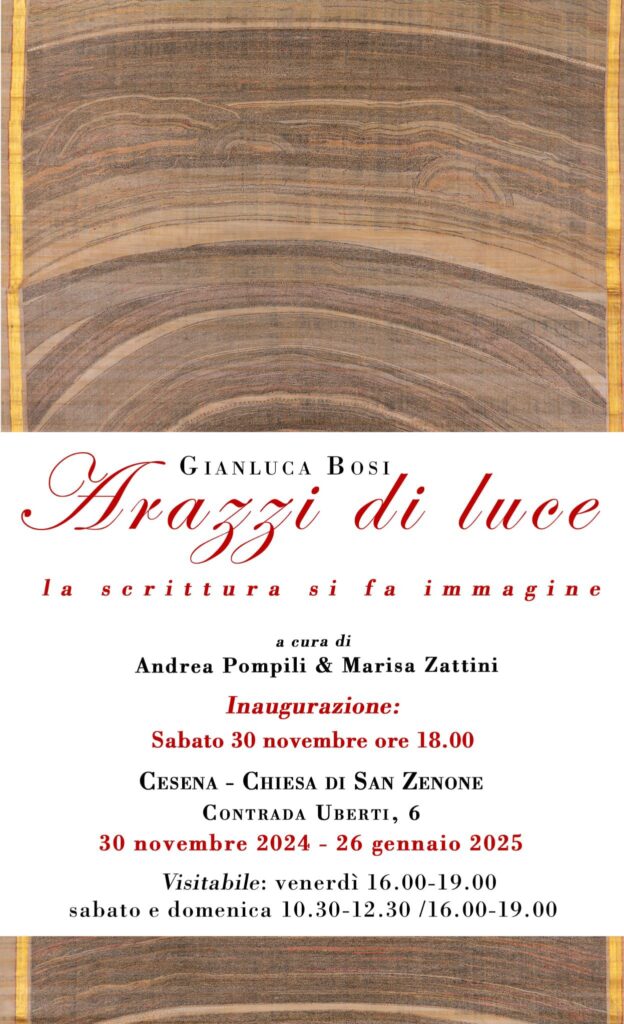
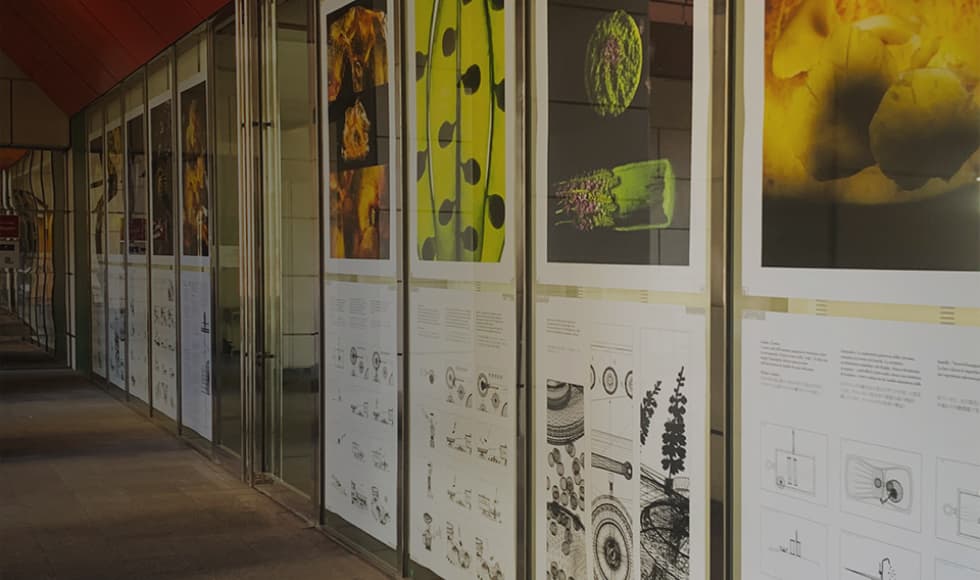
Italian Institute of Culture | Tokyo | Japan
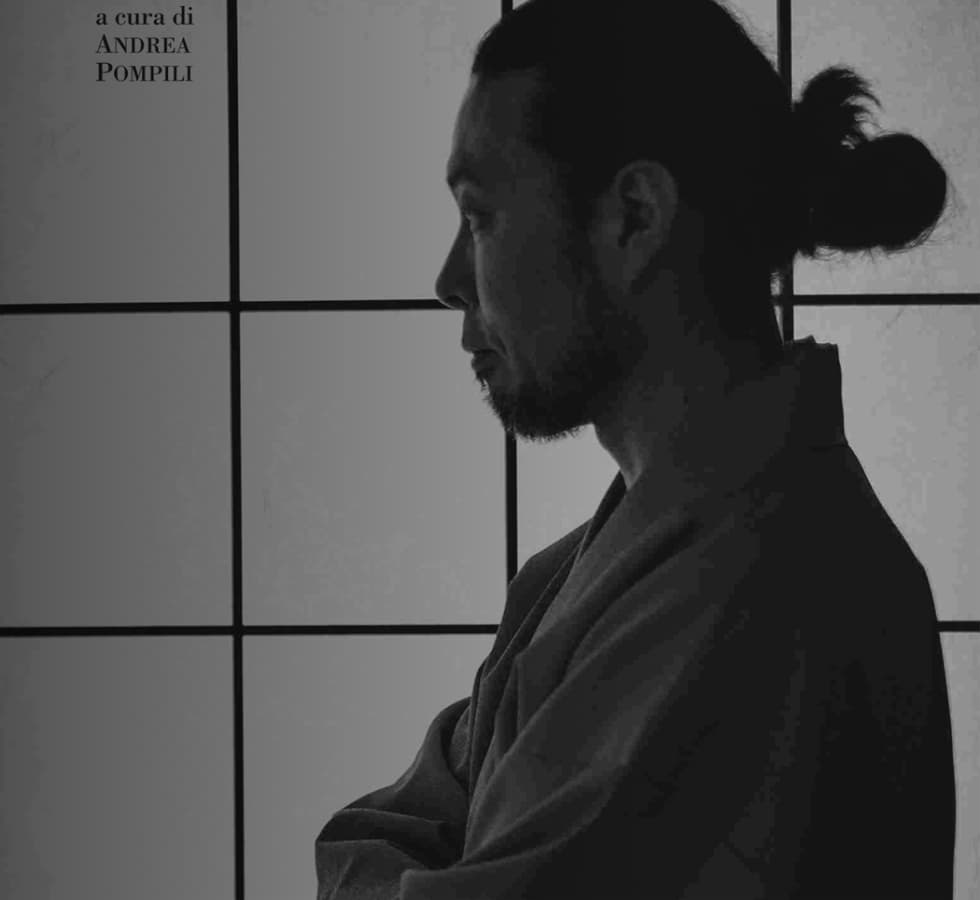
Sound Shells
Cesena | Italy
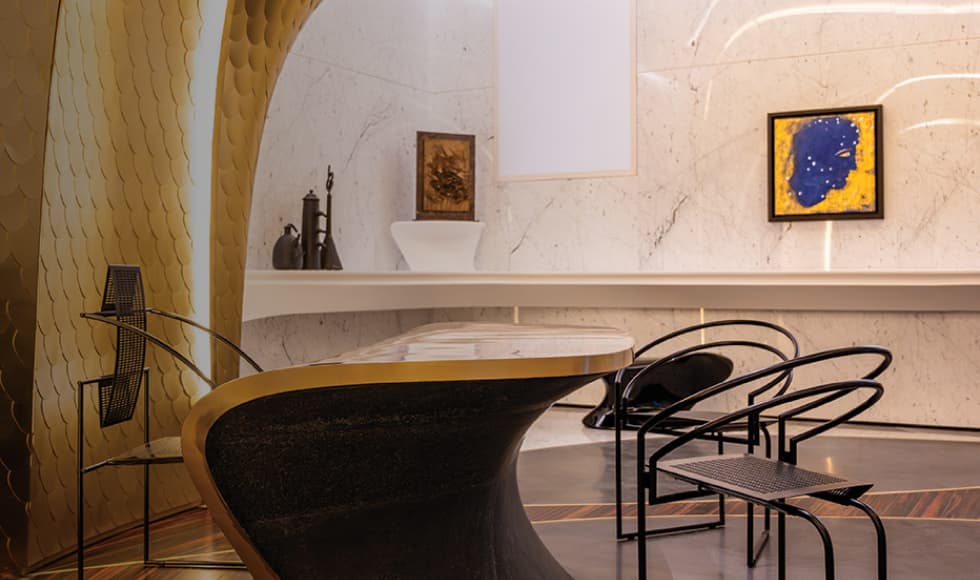
ROMEO Roma | Italy
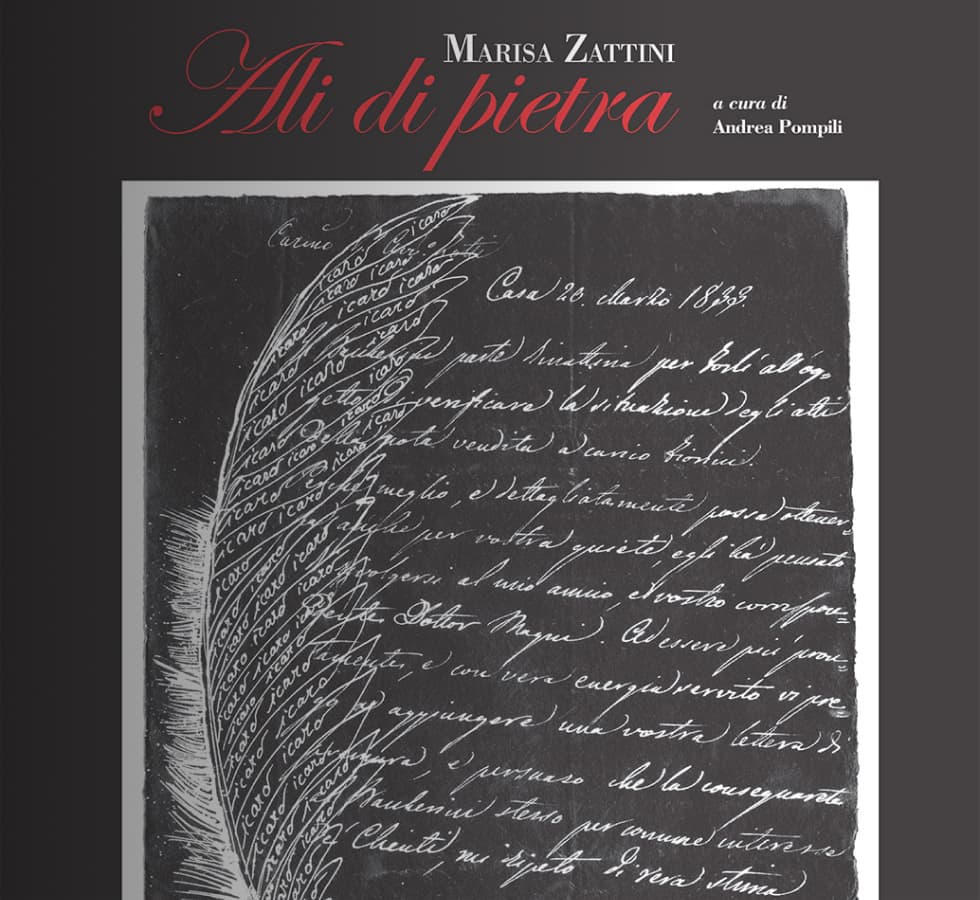
Tresigallo | Italy
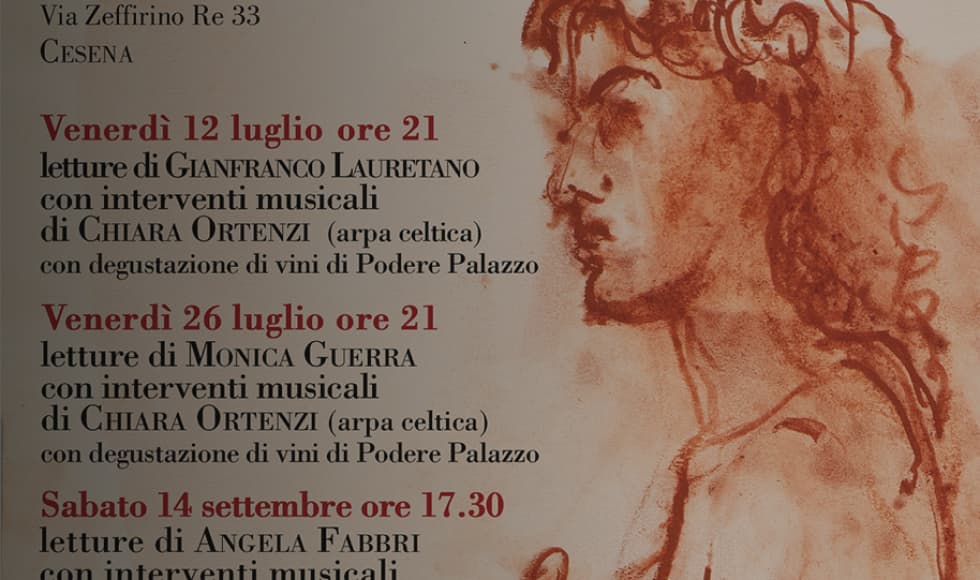
Out Loud: Writing Poetry
with Music
Cesena | Italy
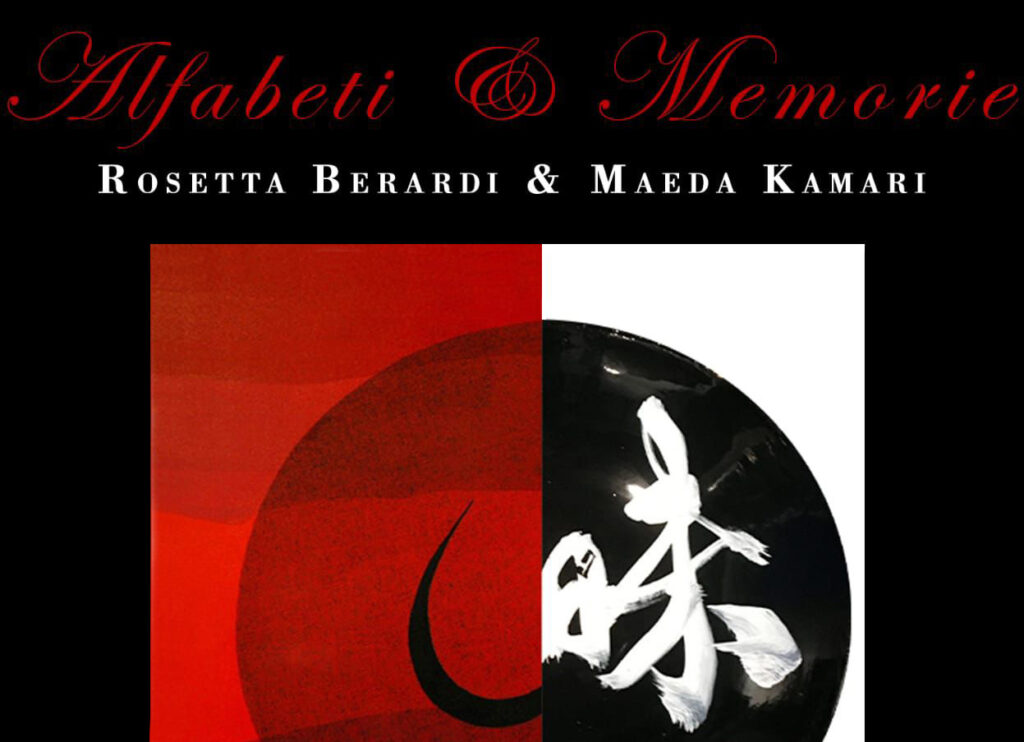
Cesena | Italy
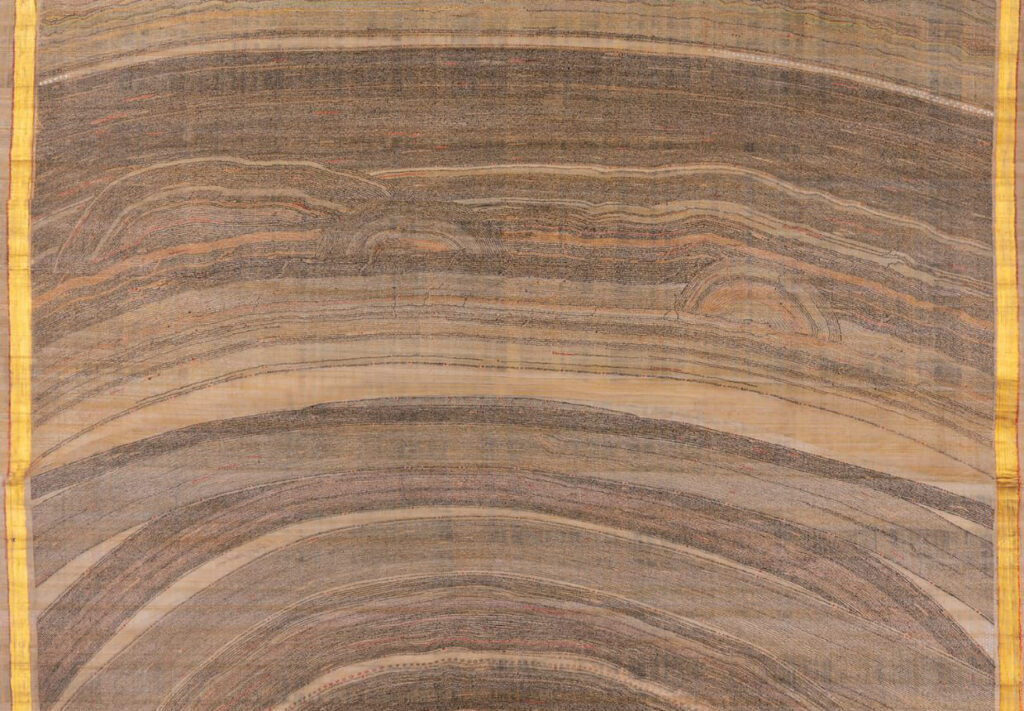
Cesena | Italy